Home>Garden Essentials>How To Separate A Living Room From A Play Area
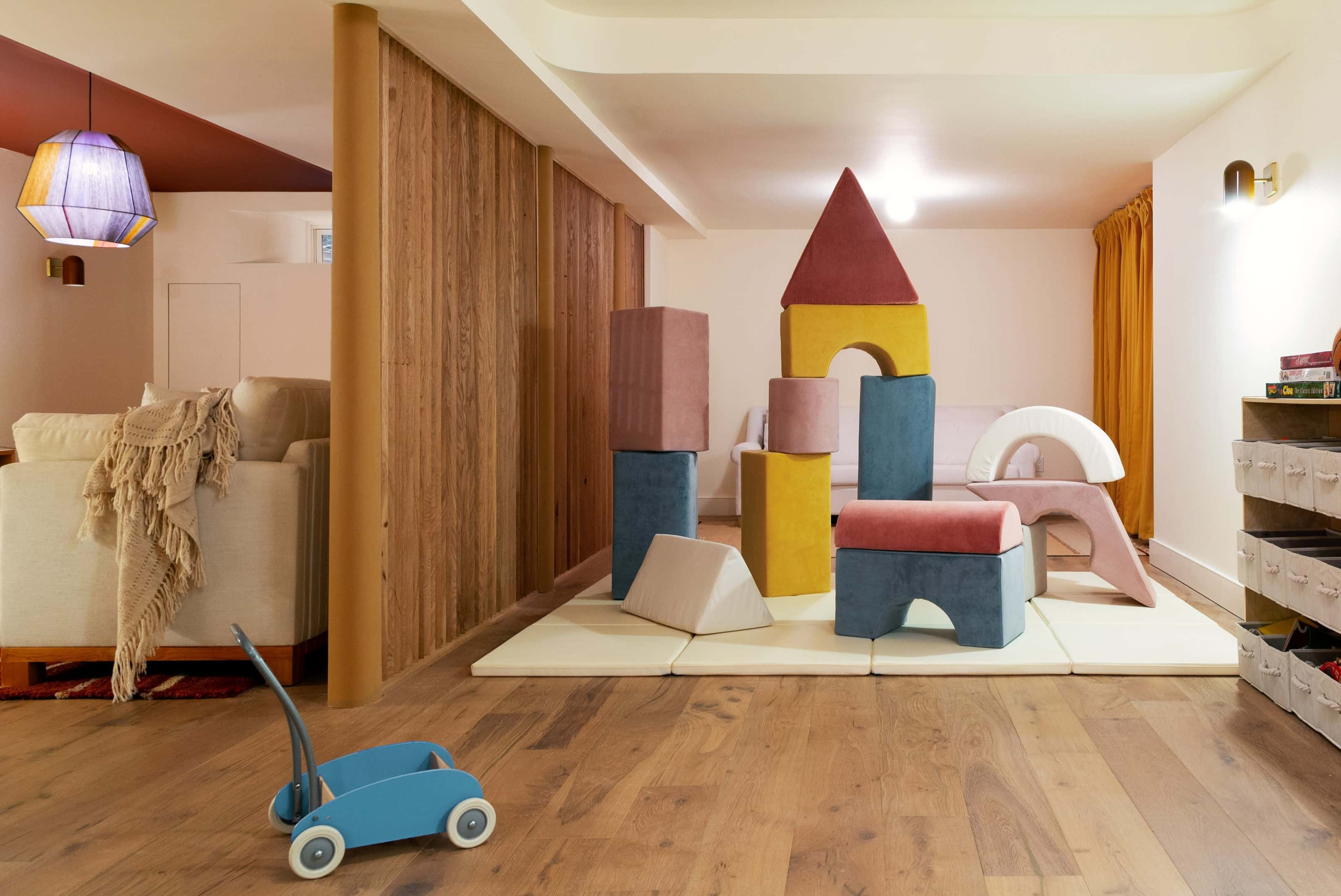

Garden Essentials
How To Separate A Living Room From A Play Area
Modified: March 24, 2024
Create a beautiful living room and play area separation with garden-inspired design elements. Transform your space into a versatile oasis for relaxation and fun.
(Many of the links in this article redirect to a specific reviewed product. Your purchase of these products through affiliate links helps to generate commission for Storables.com, at no extra cost. Learn more)
Introduction
Welcome to the world of multifunctional living spaces, where the challenge of separating a living room from a play area is a common one. Whether you have young children or simply want to create designated spaces for different activities, finding the right balance between style and functionality is key. Fortunately, with a little planning and creativity, you can transform your living room into a harmonious oasis where adults can relax and kids can play to their heart’s content.
In this article, we will explore various strategies and tips to help you successfully separate your living room from a play area. From choosing the right furniture to creating distinct zones, designing a play area, ensuring safety and organization, and incorporating personal touches, we’ve got you covered. So, let’s dive in and discover how to achieve the perfect balance between adult sophistication and childlike wonder.
Whether you have a small apartment or a spacious home, one of the most important considerations in separating a living room from a play area is choosing the right furniture. The furniture you select will not only define the style of the space but also help create physical boundaries.
Key Takeaways:
- Create a fun and safe play area by using colorful rugs, soft flooring, and themed decor. Incorporate personal touches to reflect your child’s interests and achievements for a personalized space they’ll love.
- Separate living and play areas with sectional sofas, bookcases, and room dividers. Design distinct zones using strategic furniture arrangement, storage solutions, and curtains to maintain organization and visual separation.
Read more: How To Separate Living Room From Dining Room
Choosing the Right Furniture
When it comes to separating a living room from a play area, the type of furniture you choose plays a crucial role. Not only should it be stylish and comfortable for adults, but it should also be practical and durable to withstand the activities of children. Here are some furniture options that can help you create a distinct separation:
Sectional Sofas
A sectional sofa can serve as a practical and functional piece of furniture in separating your living room from a play area. Its L-shape or U-shape design allows you to create a clear divide between the two spaces. Furthermore, a sectional sofa offers ample seating and can accommodate both adults and children comfortably.
Bookcases or Shelving Units
Bookcases or shelving units not only provide storage solutions but also act as visual dividers. By placing a bookcase strategically between the living room and play area, you can create a physical barrier while still allowing light and airflow. Additionally, bookcases offer the perfect opportunity to showcase books, toys, and decorative elements.
Room Dividers or Partitions
If you prefer a more temporary and flexible option to separate the living room and play area, consider using room dividers or partitions. These can be folded, moved, or adjusted as needed, giving you the freedom to control the separation based on your requirements. You can choose from various styles, such as folding screens, sliding doors, or hanging curtains, to add visual interest to the space.
Read more: How To Create A Play Area In Living Room
Rugs or Carpets
Another effective way to delineate the living room from the play area is by using rugs or carpets. Select rugs that are large enough to cover the specific areas you want to separate. You can go for contrasting colors, patterns, or textures to clearly define the two spaces. Additionally, rugs provide warmth, comfort, and noise reduction, making them perfect for play areas.
By carefully choosing the right furniture, you can create a visual and physical separation between your living room and play area. These options not only offer functionality but also add style and character to your space. So, take some time to explore different furniture choices that suit your personal taste and the needs of your family.
Creating Distinct Zones
Once you have selected the appropriate furniture, it’s time to create distinct zones within your living room and play area. By implementing these strategies, you can visually separate the spaces while maintaining a cohesive and stylish overall look:
Use Different Colors or Patterns
One effective way to differentiate the living room from the play area is by using different colors or patterns. Choose a color scheme or pattern for each zone that complements the overall theme of your home. For example, you can opt for calming neutral tones in the living room and vibrant, playful colors in the play area. By creating this contrast, you’ll create a clear visual distinction between the two spaces.
Arrange Furniture Strategically
The arrangement of your furniture can also help create distinct zones. Consider placing furniture pieces strategically to delineate each area. For instance, position the sofa and coffee table in the living room section and arrange a play table with chairs in the play area. This way, the furniture itself acts as a physical barrier, defining the boundaries between the spaces.
Read more: How To Separate Kitchen And Living Room
Incorporate Storage Solutions
Storage is essential for both a tidy living room and an organized play area. Incorporating storage solutions, such as bookcases, toy chests, or cubbies, can assist in keeping each zone clutter-free. By designating specific storage areas for toys and books, you can maintain order and ensure a smooth transition between the living room and play area.
Utilize Curtains or Drapes
Curtains or drapes can be utilized to physically separate the living room from the play area while adding a touch of elegance to your space. Install curtain rods or tracks to create a movable partition. This provides the flexibility to open up the area when desired while still maintaining privacy and defining separate zones when closed.
Creating distinct zones within your living room and play area is crucial for effective separation. By using different colors, strategic furniture arrangements, storage solutions, and curtains or drapes, you can create a clear visual and physical division. These techniques not only create order but also add aesthetic appeal to your multifunctional space.
Designing a Play Area
Designing a dedicated play area within your living room is essential to keep your children entertained and engaged while maintaining a sense of order and organization. Here are some tips to help you create a functional and fun play area:
Toy Storage Options
One of the keys to keeping a play area neat and tidy is having proper toy storage. Consider investing in storage solutions like bins, baskets, shelves, or toy chests that are easily accessible for your children. Labeling each storage container can also help teach children to tidy up after playtime.
Soft Flooring or Play Mats
Since children often engage in active play, it’s important to create a safe and comfortable play surface. Soft flooring options like foam tiles or play mats can provide cushioning and protect your little ones from bumps and falls. You can choose vibrant colors or patterns to add a playful touch to the play area.
Incorporating Play Tables or Desks
Having a designated space for various activities such as art, puzzles, or building blocks is essential. Including play tables or desks equipped with age-appropriate toys and supplies encourages creative play and gives children a sense of ownership over their space. Ensure the height of the tables and chairs is appropriate for their age and size for comfortable and safe play.
Decorative Elements for a Fun Atmosphere
Add decorative elements that enhance the fun and playfulness of the area. Wall decals, artwork, or themed posters can create an immersive environment and spark a child’s imagination. Playful lighting fixtures, such as string lights or colorful lamps, can also add a whimsical touch to the play area.
Designing a play area within your living room is a great way to ensure that your children have a dedicated space for play and exploration. By incorporating storage solutions, providing a soft and safe play surface, including play tables or desks, and adding decorative elements, you can create a space that is both functional and enjoyable for your little ones.
Ensuring Safety and Organization
When creating a play area within your living room, it is crucial to prioritize safety and organization. By implementing the following strategies, you can create a space that is both safe for your children and easy to maintain:
Childproofing Measures
Before allowing your children to play in the designated area, make sure it is childproofed. Cover electrical outlets, install safety gates on stairs, secure large furniture to the wall, and remove any small objects or choking hazards. By taking these precautions, you can provide a safe environment for your little ones to play freely.
Managing Clutter and Storage
A well-organized play area ensures a stress-free experience for both children and parents. Implement a routine of decluttering and organizing the space regularly. Encourage your children to put away toys after playtime and allocate specific storage spaces for each type of toy or activity. This way, you can easily find and retrieve items when needed.
Incorporating Labels or Organizers
Labels and organizers can be incredibly helpful in maintaining an organized play area. Use labels to identify different storage bins or containers for specific toys or play materials. Consider clear bins or organizers that allow children to easily see and retrieve items. This promotes independent play and reduces the likelihood of a disorganized space.
Regular Cleaning and Maintenance
Maintaining cleanliness is key to creating a pleasant and inviting play area. Regularly clean and sanitize toys, play surfaces, and furniture to ensure a healthy environment. Vacuum or sweep the area to remove any dust or debris. By incorporating cleaning and maintenance into your routine, you can keep the play area fresh and safe for your children.
Ensuring the safety and organization of your play area is essential for a successful living room separation. By implementing childproofing measures, managing clutter and storage, incorporating labels or organizers, and maintaining regular cleaning and maintenance, you can create a space that is safe, organized, and easy to manage.
Read more: How To Place Area Rugs In Living Room
Incorporating Personal Touches
While separating your living room from a play area is important, it’s also essential to infuse the space with personal touches and elements that reflect your child’s interests and personality. Adding these personal touches can enhance the overall ambiance and make the play area feel even more special. Here are some ideas to consider:
Customizing the Play Area
Take the time to customize the play area to suit your child’s preferences. Let them have a say in the choice of colors, decor, or furniture. Allow them to pick out a special rug or choose their favorite themed curtains. By involving them in the process, you can create a space that they will feel truly excited about.
Adding Artwork or Wall Decals
Add a touch of creativity and personality to the play area by incorporating artwork or wall decals. Hang up your child’s artwork, frame their masterpieces, or display their favorite posters. Wall decals featuring characters, animals, or nature scenes can also create a visually engaging and stimulating environment for your child.
Using Themed Decor
Create a playful and immersive atmosphere by using themed decor. Whether your child is into dinosaurs, princesses, superheroes, or animals, you can find decor elements that align with their interests. This might include themed pillows, bedding, or wall hangings. Themed decor adds an extra layer of excitement to the play area and helps foster imaginative play.
Read more: How To Separate Mulch From Grass
Displaying Children’s Achievements
Create a dedicated space to showcase your child’s achievements. Whether it’s displaying their artwork, certificates, or trophies, having a designated area for recognition will boost their self-esteem and sense of pride. Consider incorporating a bulletin board, corkboard, or floating shelves where you can proudly exhibit their accomplishments.
By incorporating personal touches into the play area, you can create a space that reflects your child’s unique interests and achievements. Customizing the area, adding artwork or wall decals, using themed decor, and displaying children’s accomplishments will make the play area feel special and personalized, fostering a sense of joy and ownership for your child.
Conclusion
Creating a clear separation between a living room and a play area is a common challenge for many homeowners. However, with some careful planning and thoughtful design choices, it is possible to strike a balance between functionality and style. By choosing the right furniture, such as sectional sofas, bookcases, room dividers, and rugs, you can physically define the boundaries between the two spaces.
Designing distinct zones within the living room and play area is important for maintaining organization and visual separation. By using different colors or patterns, arranging furniture strategically, incorporating storage solutions, and utilizing curtains or drapes, you can clearly define each area while maintaining a cohesive overall look.
When designing a play area, consider factors such as toy storage options, soft flooring or play mats, play tables or desks, and decorative elements to create a fun and engaging space for your children. Ensuring safety and organization is crucial, so childproofing measures, managing clutter and storage, incorporating labels or organizers, and maintaining regular cleaning and maintenance are vital steps to take.
Incorporating personal touches into the play area adds a special touch and allows your child’s personality to shine through. Customizing the play area, adding artwork or wall decals, using themed decor, and displaying your child’s achievements all contribute to creating a space that is uniquely theirs.
By following these tips and incorporating your own creativity, you can successfully separate your living room from a play area while maintaining a harmonious and inviting space. Remember to consider the needs and preferences of your family members, and don’t be afraid to experiment with different design elements. The result will be a multifunctional living space that caters to both adults and children, fostering relaxation, creativity, and fun.
Frequently Asked Questions about How To Separate A Living Room From A Play Area
Was this page helpful?
At Storables.com, we guarantee accurate and reliable information. Our content, validated by Expert Board Contributors, is crafted following stringent Editorial Policies. We're committed to providing you with well-researched, expert-backed insights for all your informational needs.
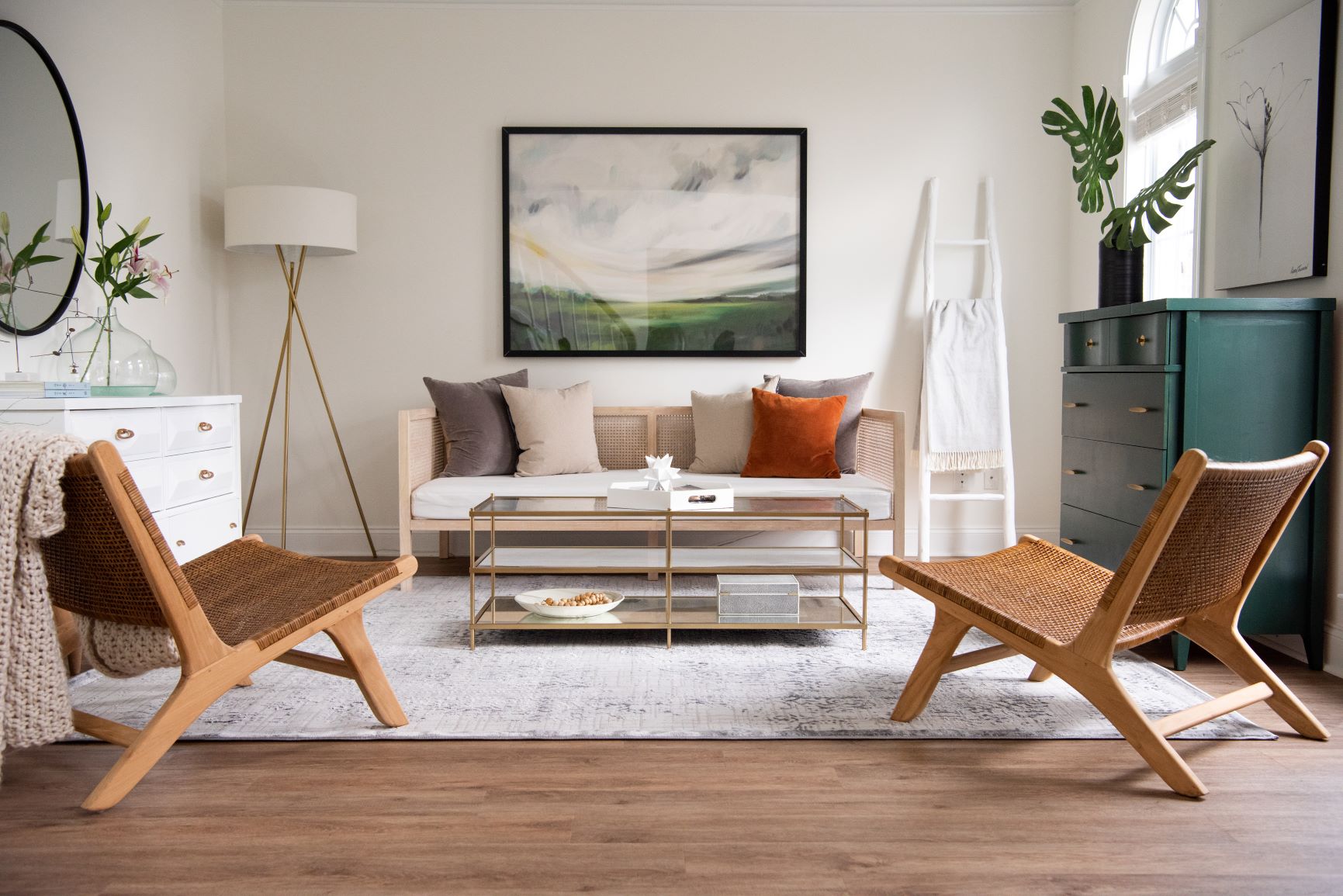
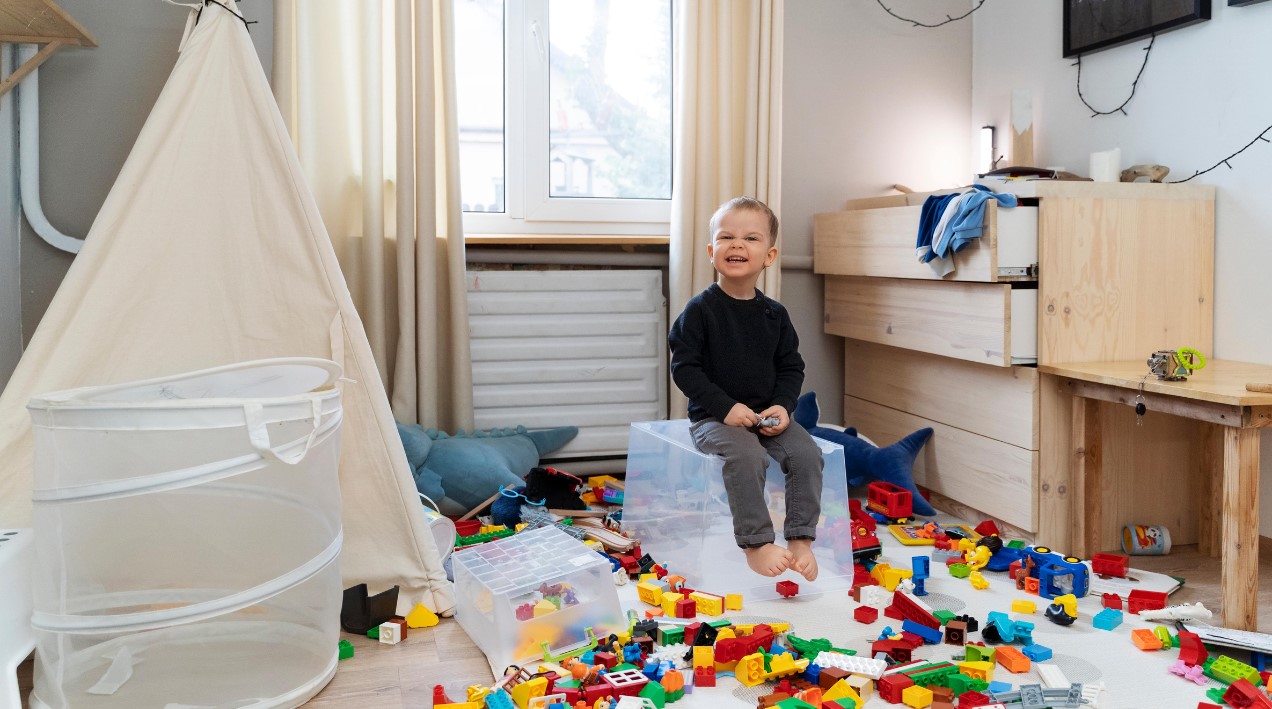

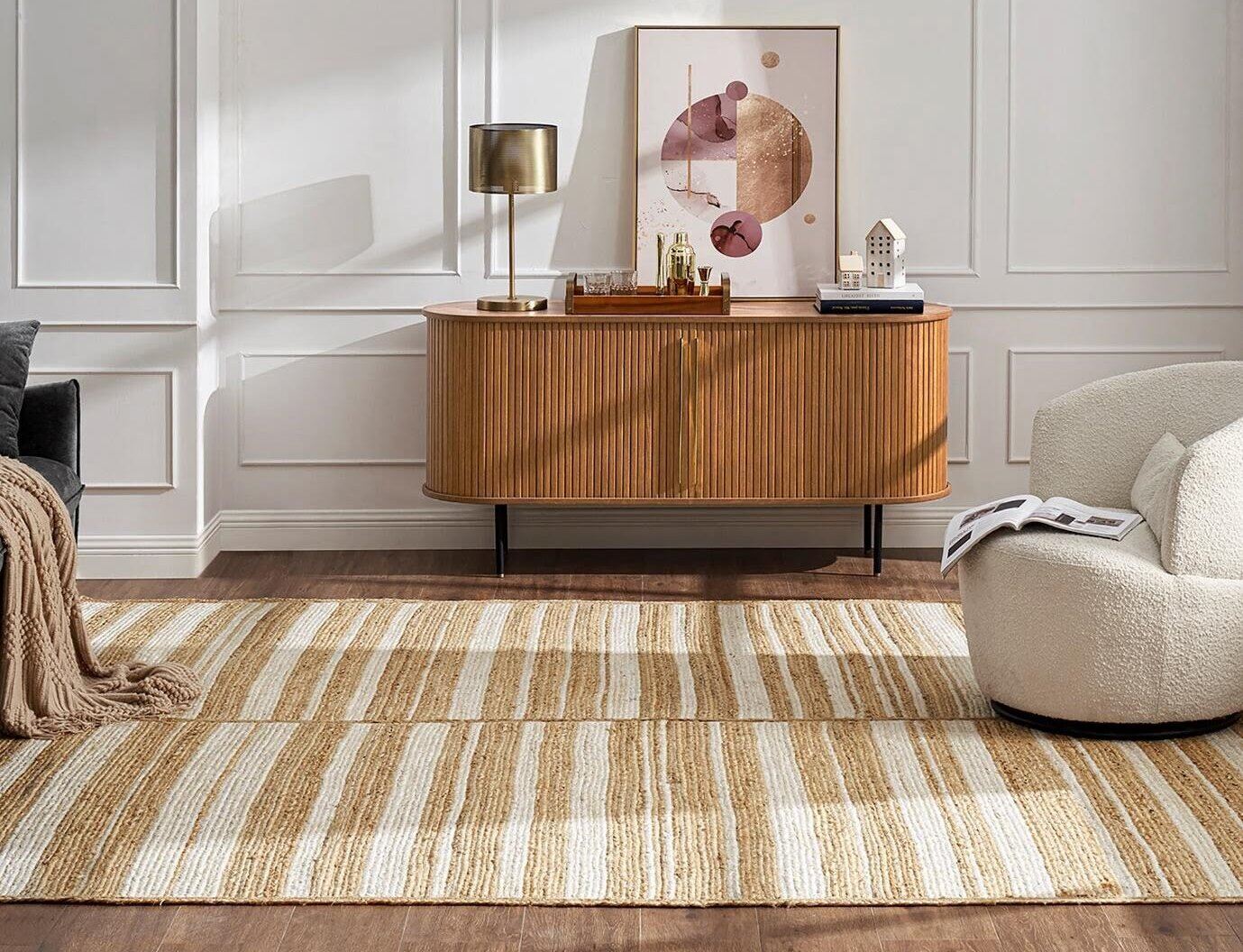
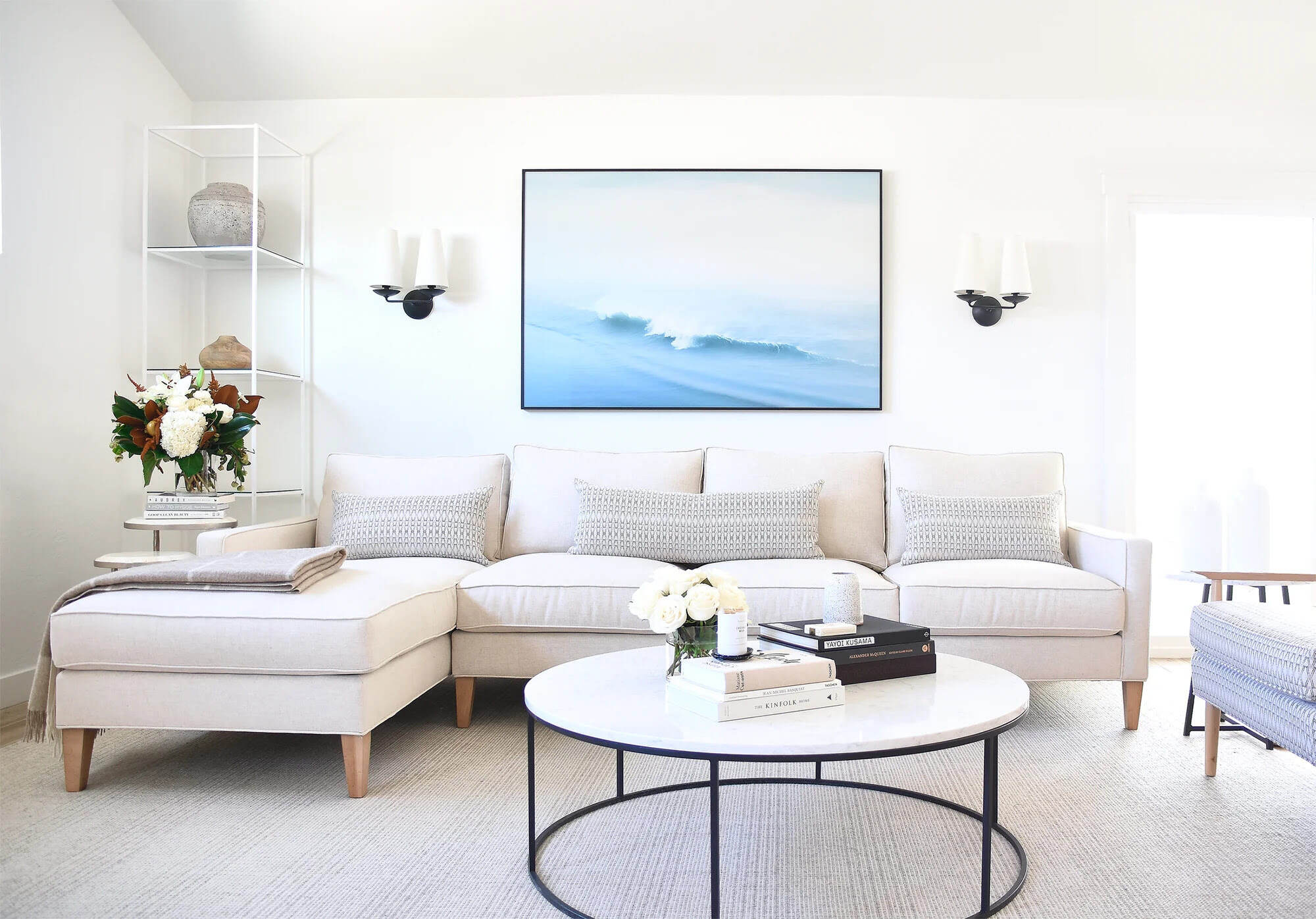
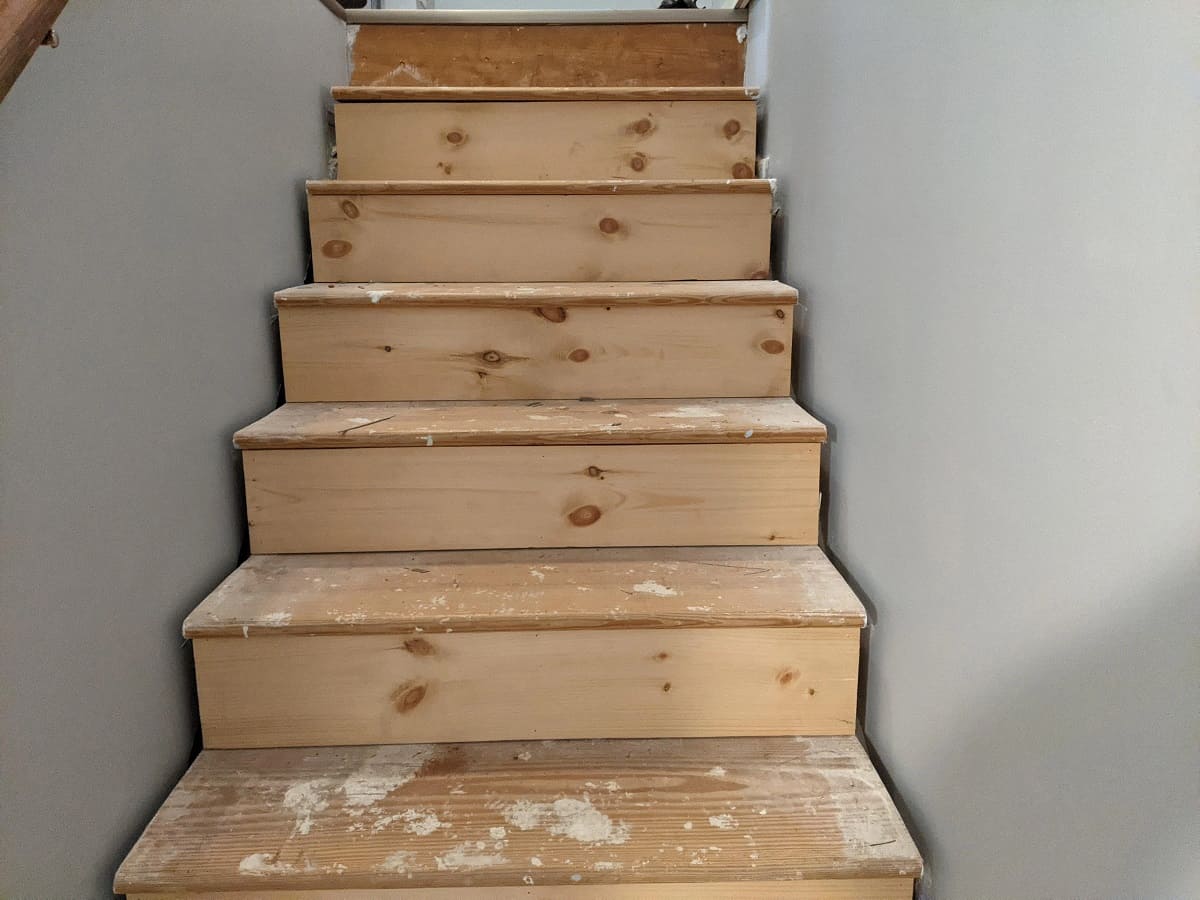
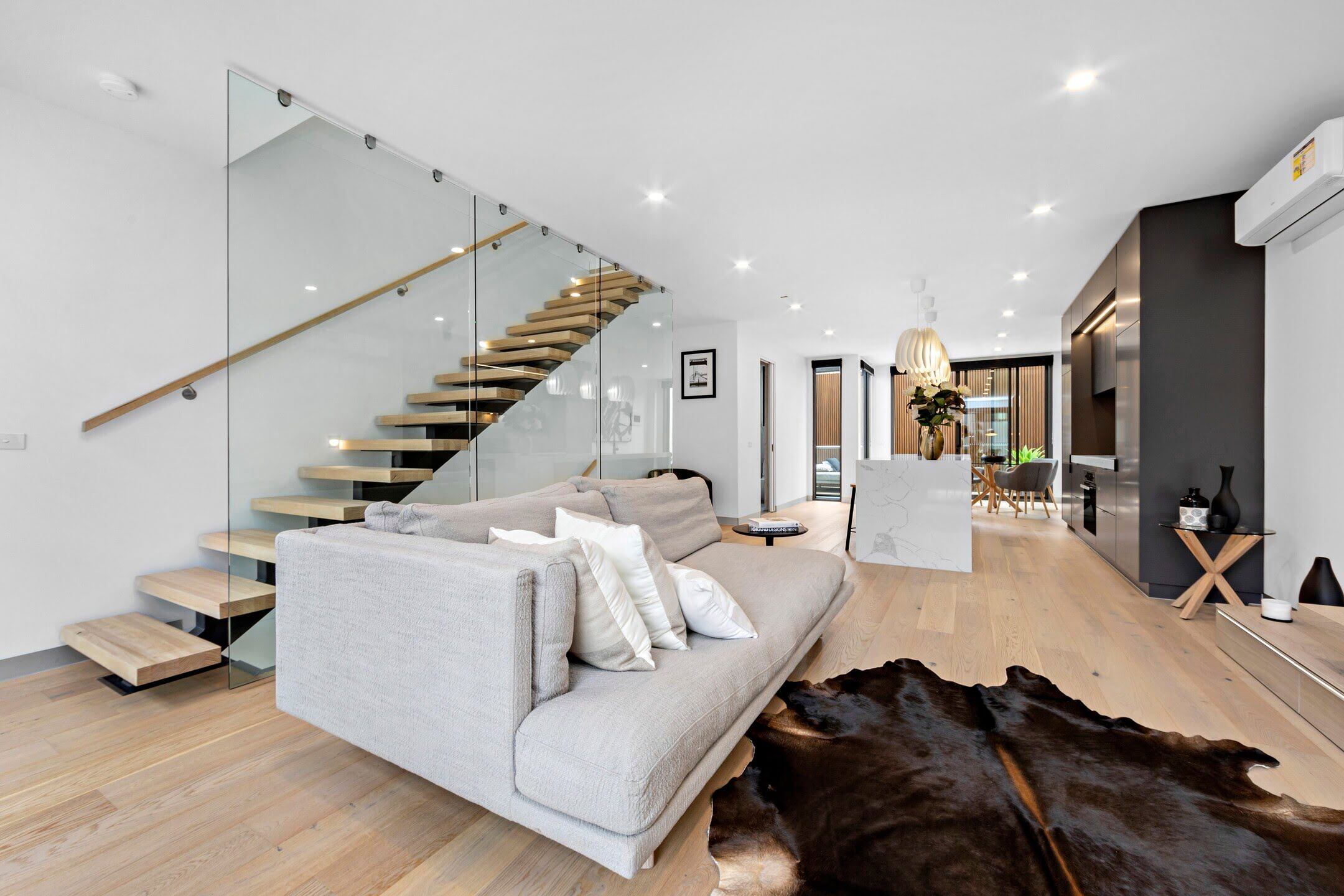
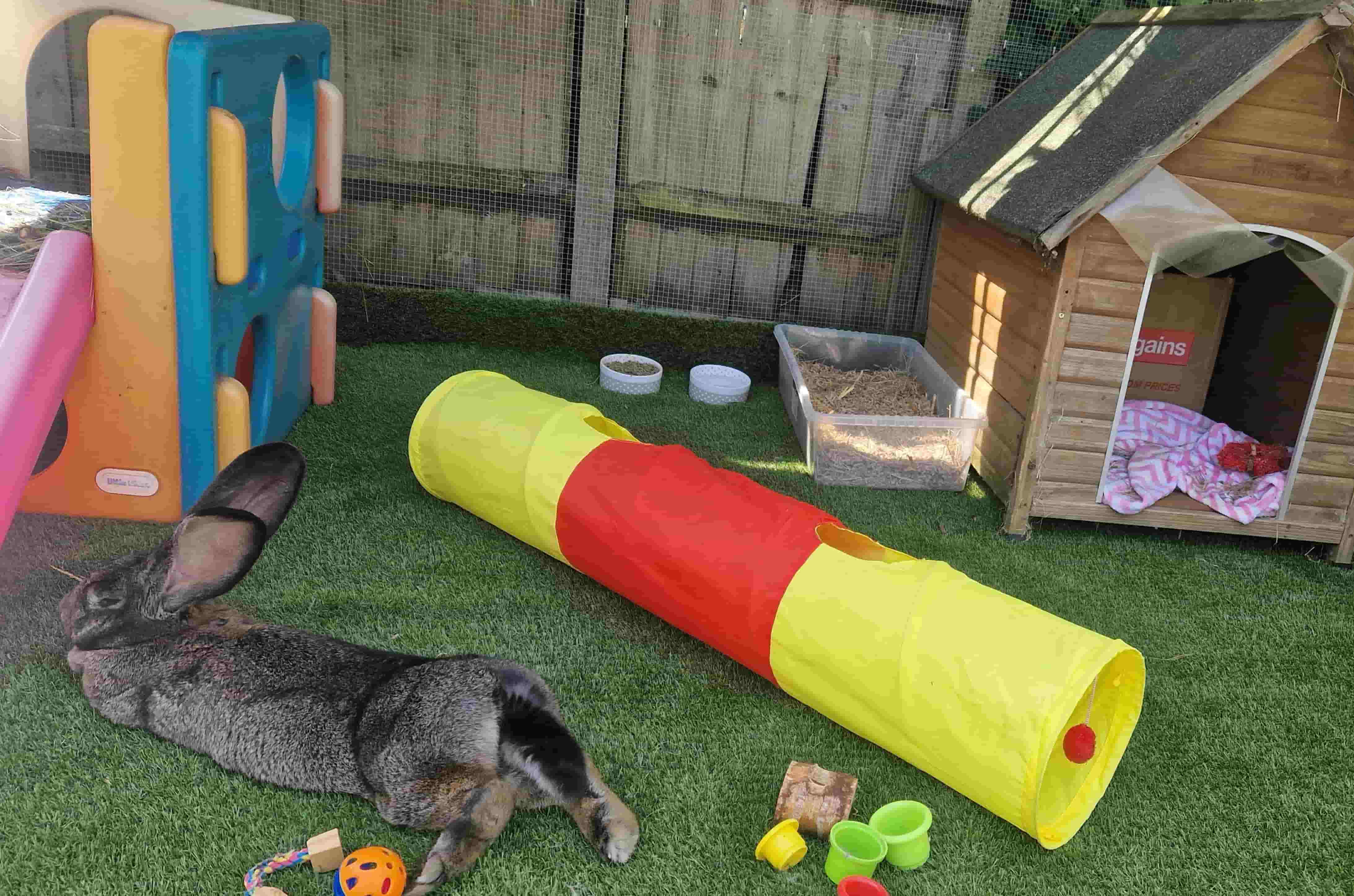
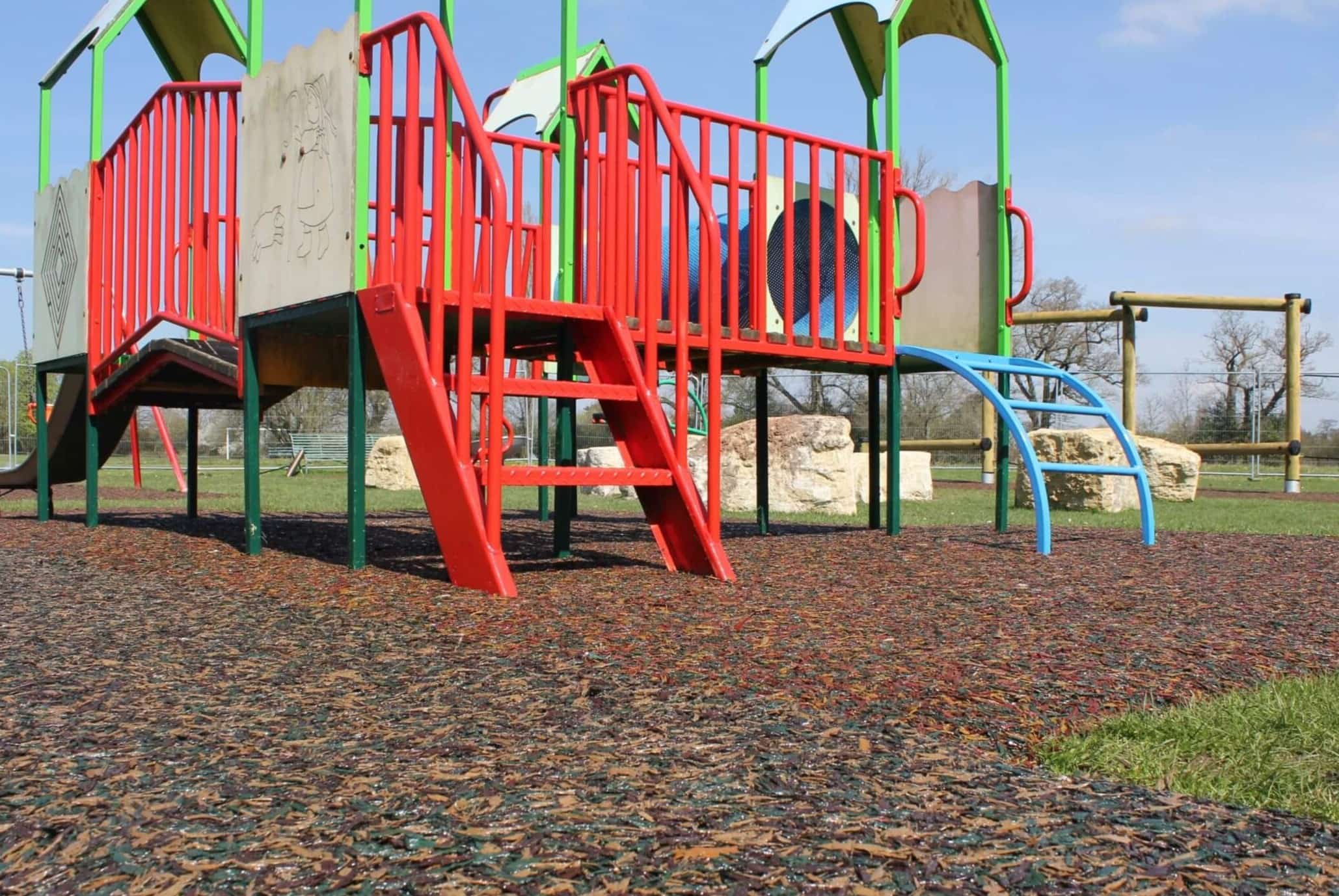

0 thoughts on “How To Separate A Living Room From A Play Area”